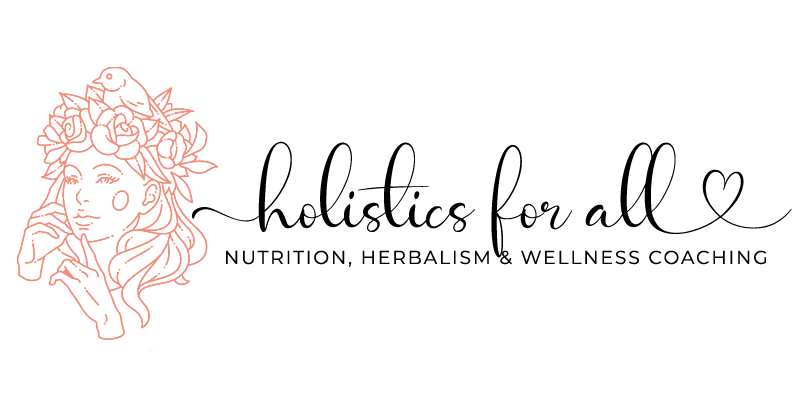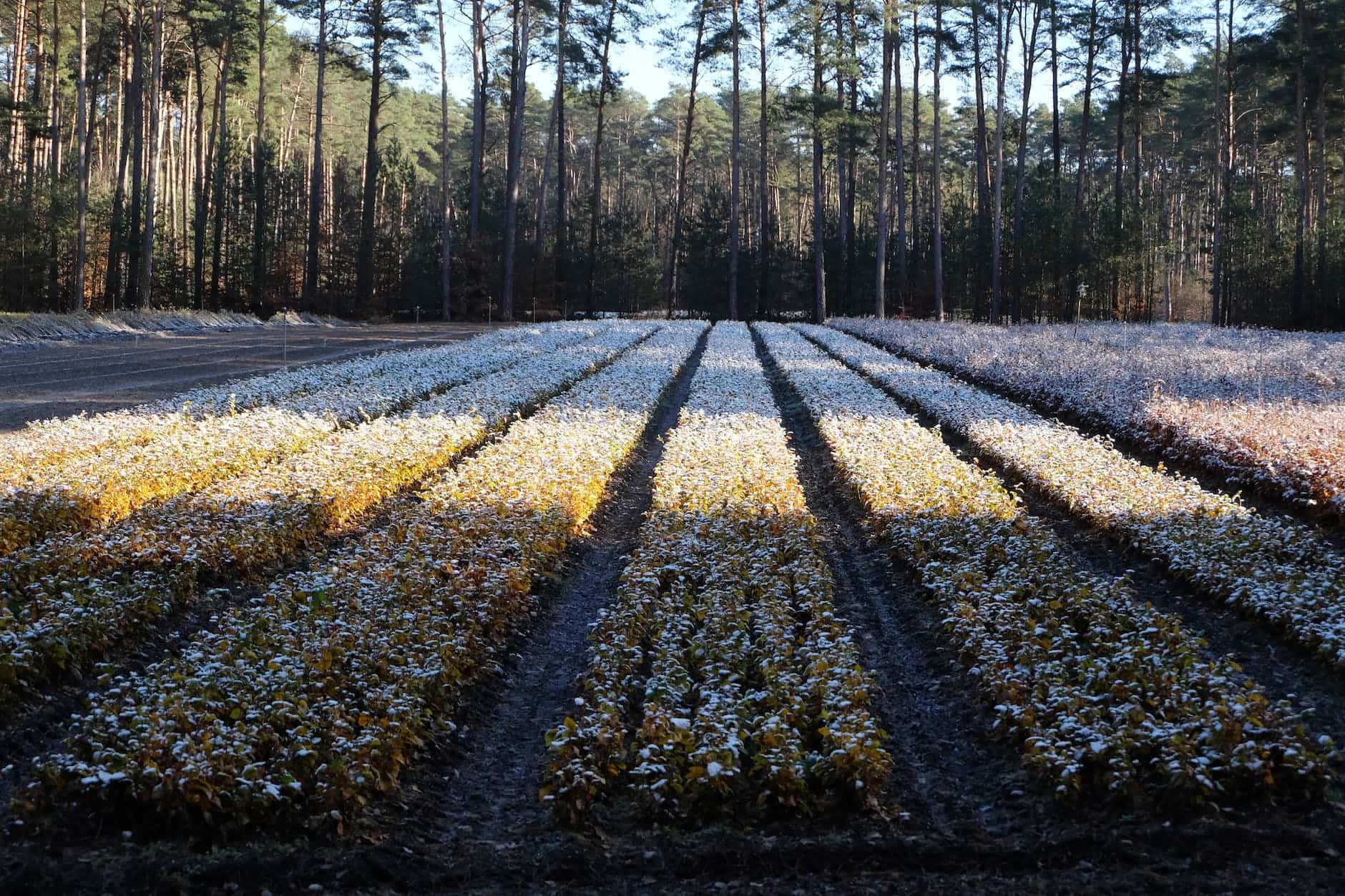Understanding The Language Of Plants And Their Healing Properties
We use affiliate links. If you purchase something using one of these links, we may receive compensation or commission.
Plants have been an integral part of human existence since time immemorial. Beyond their aesthetic appeal and environmental benefits, plants possess a profound ability to communicate and heal.
They speak to us through their intricate language, revealing their healing properties and offering a deeper connection to nature.
We will delve into the fascinating world of plant talk, exploring how plants communicate and the therapeutic benefits they can provide.

Plants have evolved a remarkable ability to communicate and respond to their environment, even though their methods differ from human communication. Instead of verbal or visual cues, plants employ a complex system of chemical signals and interactions.
This language of plants, often referred to as “plant communication,” enables them to interact with other plants, animals, and their surroundings in a fascinating way.
One way plants communicate is by releasing volatile compounds into the air. These volatile organic compounds (VOCs) act as chemical signals that carry information to nearby plants.
For example, when a plant is under attack by herbivores, it may release specific VOCs that serve as a warning signal to neighboring plants. These neighboring plants, upon detecting the signs, can then activate defense mechanisms to protect themselves against potential herbivory.
Plants also communicate through their intricate root networks. Underground, plants establish symbiotic relationships with beneficial fungi known as mycorrhizae. Through this association, plants can exchange nutrients, water, and even chemical signals.
It has been observed that when a plant is under stress or nutrient deficient, it can release chemical signals through its roots to attract fungi that can provide the necessary resources. In return, the fungi receive sugars and other nutrients from the plant, creating a mutually beneficial relationship.
Furthermore, plants communicate with potential pollinators by producing specific scents and colors. Flowers often emit fragrances and display vibrant colors to attract pollinators like bees, butterflies, or birds.
This visual and olfactory communication is crucial for successful pollination and the continuation of plant species.
In some instances, plants can form alliances with other organisms for mutual benefit. A well-known example of such cooperation is the relationship between certain plants and ants.
Extrafloral nectaries, which some plants have, produce nectar and serve as a haven for ants. The ants defend the plants from herbivores in exchange, and they might even assist in pollination.
While the language of plants may not be readily apparent to us, scientific research continues to unveil the intricate mechanisms by which plants communicate and interact with their surroundings.
Our appreciation of the intricacy and interconnection of the natural world can be increased by having a better understanding of these communication systems.
Understanding Healing Properties
Traditional medical methods, including Ayurveda, Traditional Chinese Medicine, and Indigenous healing techniques, have used plants for ages.
These ancient systems recognized the healing properties of various plants and their potential to restore balance within the body.
The effectiveness of medicines based on plants has been further supported by modern science. Plant-based chemicals are the source of many medicinal medications.
For instance, the bark of the willow tree is used to make aspirin, while the Pacific yew tree is used to make Taxol, a potent anti-cancer medication.
These examples demonstrate the immense potential of plants to provide therapeutic benefits.
Plant-Based Healing Modalities

Herbal Medicine
Herbal medicine utilizes the healing properties of plants through various preparations such as teas, tinctures, capsules, and topical applications.
Plants like chamomile for relaxation, ginger for digestion, and lavender for stress relief have been widely used for their medicinal properties.
Aromatherapy
Aromatherapy harnesses the power of plant-derived essential oils to promote physical and emotional well-being. Inhaling certain scents can have a profound impact on mood, stress levels, and overall health.
For example, lavender oil is known for its calming effects, while eucalyptus oil can provide respiratory relief.
Flower Essences
Flower essences capture the energetic imprint of plants, addressing emotional and spiritual imbalances. They are prepared by infusing flowers in water under specific conditions.
Bach flower remedies, for instance, are commonly used to alleviate anxiety and depression and promote emotional harmony.
Plant Spirit Healing
Some healing modalities focus on connecting with the spirit or energy of plants. This approach recognizes plants as living beings with unique consciousness and wisdom.
By engaging in plant spirit communication, practitioners can gain insights, guidance, and healing from the plant world.
The Importance of Plant Conservation
Plants are not only vital for the survival of ecosystems but also play a crucial role in human well-being.
Unfortunately, many plant species around the world are facing significant threats, including habitat loss, climate change, pollution, and unsustainable harvesting practices.
As we acknowledge the language of plants and their healing properties, it becomes imperative to highlight the importance of plant conservation. Here are some key reasons why plant conservation is vital:
Biodiversity Preservation
Plants are the foundation of biodiversity. They provide habitat, food, and shelter for countless species, including insects, birds, mammals, and other plants.
Preserving plant diversity ensures the ecological balance and stability of ecosystems. Each plant species has a unique set of genetic traits, adaptations, and interactions that contribute to the overall resilience of ecosystems.
Medicinal Resources
Plants have been the source of numerous life-saving medicines and therapeutic compounds.
Many pharmaceutical drugs are derived from plant extracts, and even today, a significant percentage of the global population relies on traditional plant-based remedies for healthcare.
By conserving plant species, we safeguard potential future discoveries of new medicines and ensure the availability of traditional healing practices.
Food Security
In the food chain, plants are the primary producers that provide food for humans and other animals. However, to ensure a sustainable food supply, we need to explore more robust and nutrient-dense food systems that benefit from various plant species.
By conserving wild relatives of domesticated crops, we protect genetic diversity and potential sources of disease resistance and resilience to changing environmental conditions.
Environmental Benefits
Plants are crucial in mitigating climate change by sequestering carbon dioxide through photosynthesis.
They also help in regulating local and regional climates, reducing soil erosion, improving air and water quality, and maintaining the balance of ecosystems. Conserving plant species contributes to the overall health and functioning of our planet.
Cultural and Spiritual Significance
Plants hold immense cultural and spiritual significance in many societies. They are woven into folklore, rituals, traditional knowledge systems, and spiritual practices.
Preserving plant diversity ensures the continuity of these cultural traditions and helps maintain the connection between communities and their natural heritage.
Economic Value
Plant-based industries, including agriculture, horticulture, forestry, and the botanical trade, contribute significantly to local and global economies.
Plant conservation supports sustainable economic development by maintaining the availability of natural resources, sustaining livelihoods, and promoting ecotourism opportunities.
Conservation Efforts
Efforts to conserve plant species and their habitats are underway worldwide. These include establishing protected areas, seed banks, and botanical gardens and implementing sustainable land-use practices.
Additionally, raising awareness about the importance of plant conservation and promoting sustainable consumer choices can make a significant difference. Individuals, communities, governments, and organizations all have a role to play in safeguarding plant diversity for present and future generations.
Conclusion
Exploring the language of plants and their healing properties opens the door to a profound understanding of nature’s wonders.
Plants communicate through intricate chemical signals, providing us with invaluable therapeutic benefits.
From herbal medicine to aromatherapy and plant spirit healing, there are various ways to tap into the healing potential of plants.
By nurturing a deeper connection with the plant world and promoting plant conservation, we can continue to unlock the secrets and healing powers of nature’s green allies.

